
Ranjan Publications

60 books
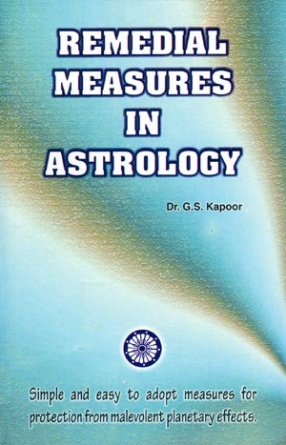

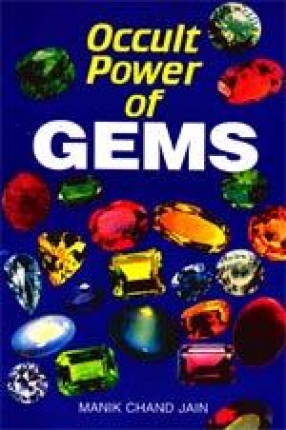

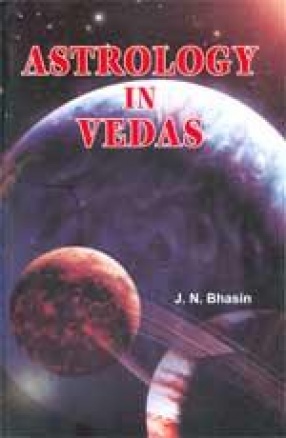
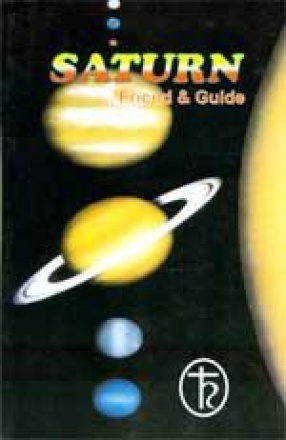
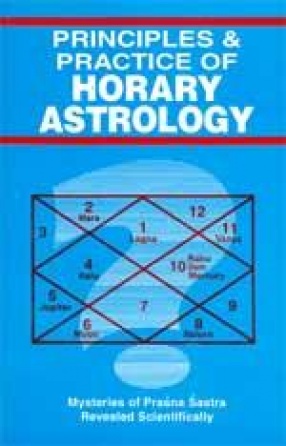
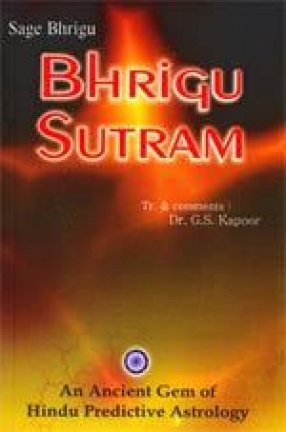
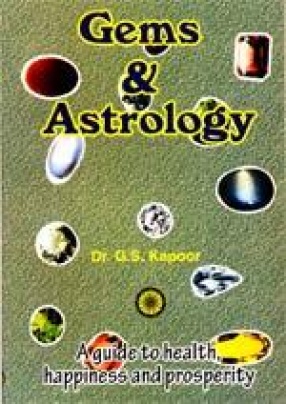
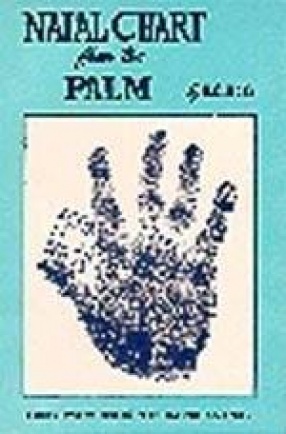
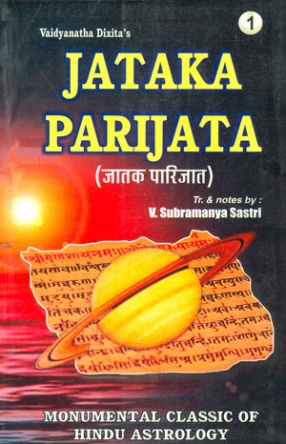

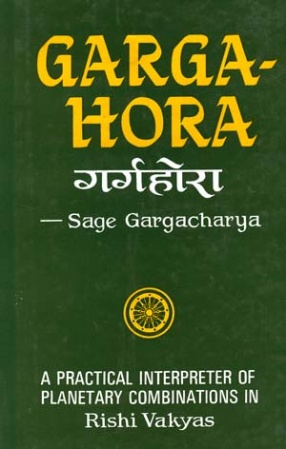

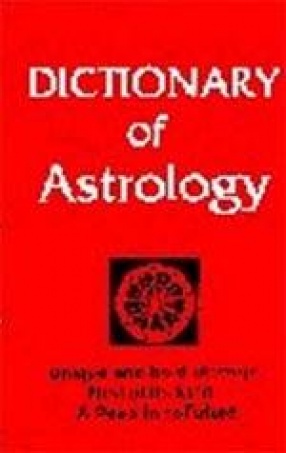
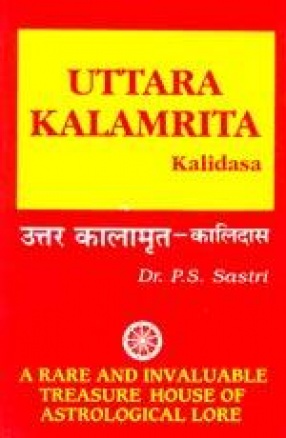
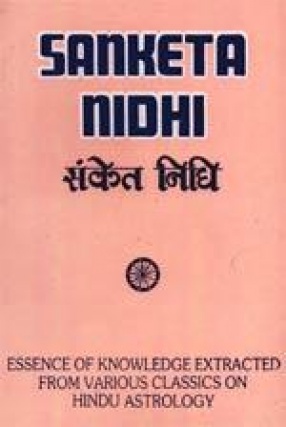
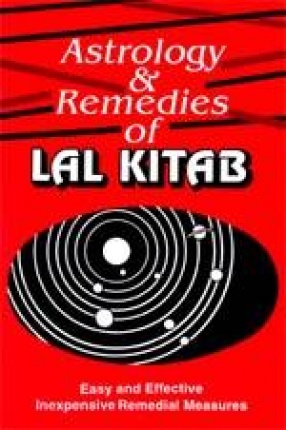


Astrology is not deterministic and it is given to man to change the course of events to avert the misery, agony and disaster threatened by evil influences of certain inauspicious combinations or dispositions or dispositions of planets by taking appropriate remedial measures in time. This approach is quite scientific and is in accordance with the modern line of thinking. Man is, no doubt, a creature of destiny but he is not entirely or absolutely its slave. Man ...

Properly read, thumbs are powerful indicators of the individual who possesses them. Note also that your left & right thumbs may well not be mirrors of each other. A most interesting book.

There are not many books on gems. Manik Chand Jain , in this book "Occult Power of Gems" has done a Yeoman service both to the gems and to their wearer. Valued readers very well received the book. Their response was really flattering and their persistent demand compelled us to bring out the second edition of it. A few new chapters have been added. This has been done to add the astrological significance to the use of gems. Separate chapters have ...

A survey of traditional methods for determining profession, with many contemporary chart examples, eg, for lawyers, scientists, poets, businessmen, etc.

There is a misconception in some quarters ‘that the holy Vedas recognize only astronomy and not astrology. This misconception has been very ably removed by the author by references to the chapters and verses from the Vedas. For the first time in the history of the astrological literature it has been shown on the basis of the recognized principles of spirituality why a particular planet is exalted in a particular nakshatra of a ...

Normally a person can be judged by his appearance and action. If we apply the same method for the study of Saturn we shall be highly mistaken. No doubt Saturn has his own inherent characteristics but unfortunately his actions are elusive. They do not appear to correspond to his characteristics and we are dumb founded in their interpretation. He is a congenital liar to say the least about him. He is an adept at disguises. It is ...

The questions pertaining to the routine and not so routine aspects of life have been elaborately discussed. Amonst the not so routine the questions of supernatural elements, the effects of ghosts, evil spirits, anger or gods and curses of previous incarnations have found places in separate chapters. The methods of judgement are the traditional methods, the Western methods and the Nakshatra Paddhati which has its origin in Meena’s ...

Bhrigu Sutram is the English translation of the book Bhrigu Sutram said to have been written by Maharishi Bhrigu himself. It is a forgotten but a very valuable ancient classic of Hindu Predictive astrology in which are described effects of the various planets in the twelve houses of the horoscope, in a very simple, direct, lucid, logical and meaningful manner. The learned author of these small but very useful work has delineated the effects of the planets in the ...
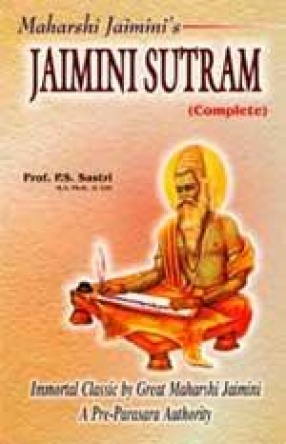
The complete Text is in four chapters. Their Karakamsa, Arudha, Upapada and Navamsa are explained in the first chapter. The second chapter deals with longevity, diseases, profession, progeny and spouse. The third id concerned with longevity, nature and cause of death. Also there is an account of Raja yogas. The fourth offers an elaborate account of the prenatal epoch, and the principles can be applied to the natal charts. Now, for the first time all the four ...

A shining but never setting star in the astral skies – originally enunciated by the king-astrologer, Kalyana Varma. Even though a king by birth, he felt the utmost need to become familiar with the fascination of unfolding stellar secrets. The result: SARAVALI.
This voluminous work is divided into 55 chapters, each devoting to various delicate aspects of Astrology. Every requirement of the student is borne in mind by the author and the text ...

Germs are beautiful stones with a large variety of colours and high density. Their luster has been a source of attraction for the people since time immemorial. These precious stones are found almost in all parts of the world. India has been very rich gemstones. They are found in abundance in South India, especially in Madhya Pradesh, Orissa, Bihar, Maharashtra, Andhra Pradesh, Kerala and Karnataka.

I confess that I'm not a palmist, but I have been impressed by them. Your palms are both unique, and dynamic, in that they change over time. A great many things can be learned from a close study.

It is a well known authoritative treatise on Hindu Astrology, that hardly needs any introduction. It has been studied as a text book on the subject in all parts of the country for nearly eight centuries. It is a prescribed text book of study in oriental examinations on Jyotisha. It’s importance lies in the fact that it is a condensation of the voluminous Horas of Garga, Parasara and others, many of which are not available completely now and the ...

Originally in Tamil, this is based on a Nadi by a sage named Suka. The original was said to have contained 18,000 verses, or 1500 per ascendant. In his Prolegomena, Santhanam says he has rearranged & retold the original in a more independent & appropriate manner, at the same time following the foot steps of the Tamil version. (pg. 4) Chapter 1 is Santhanam's own introduction to the text, it covers astrological basics, including listing all 150 of the ...
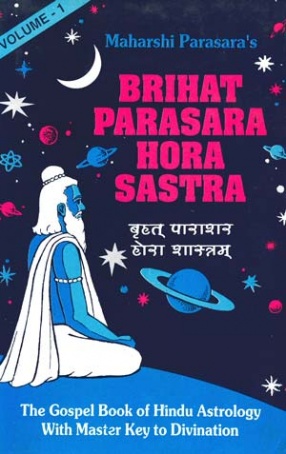
One can safely say that Hindu astrology took its birth through the teachings of Parasara, the sage of sages. The sage laid down the various principles in his Hora Sastra through his divine knowledge while instructing his disciple, the illustrious Maitreiya. All later authors like Varaha Mihira, Prithuyasas, Kalyana Varma etc. thoroughly digested the sages principles before they compiled their works. The present translation in English is the first ever attempt in ...

Saga Garga has enunciated few principles of general application in the context of predictive astrology in this work. Also discussed in great detail are effects of planetary conjunctions ranging two to seven with reference to the 12 bhavas. These aphorisms may be of immense advantage in practical analysis of horoscopes. This is the first work of its kind dealing with all possible transmutations of planetary conjunctions.

On the cover it says, With pros & cons of astrological arguments by the council of seven rishis. As given in the first chapter, the seven are: Atri, Agastya, Jaimini, Songinar, Narad, Vashisht & Vishwamitra. Originally in Tamil, this (condensed?) edition does not have original Tamil slokas, but does quote Sanskrit slokas from other references on occasion. This book covers charts with Aries through Leo lagnas, the remaining signs were to be taken up ...

Looks harder to use than it is, because it has a dual function: Explain all those strange words to Westerners & give Sanskrit translations for native Hindu readers of western texts. The 1st section is alphabetical, from pgs 11 to 110 (inclusive): Vedic terms (in English characters) are given English translations, and Vedic terms (in English characters) are shown in Sanskrit characters. Most, but not all, also have English translations. The second section ...

The foregoing is virtually a page-by-page description of the book. Includes the original slokas. In the introduction, we learn that the author of this book was not the Kalidasa of legend. The real author might have been one Abhinava Kalidasa, but in any case was South Indian, belonging to the 17th or early 18th centuries, a devotee of the Great Mother goddess, Para Shakti, Maha Tripura Sundari. Notable in this book: A method of finding past, present & future ...

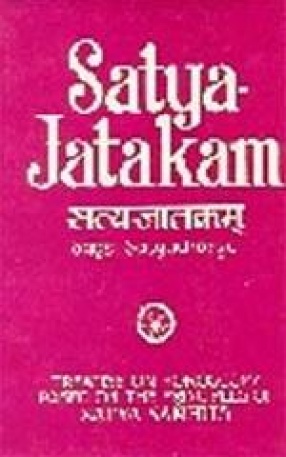
This is a very old book. One story is the author was a Buddhist monk. This book is considered to embody the principles of Dhruva Nadi & Satyasamhita Nadi. The translator is not credited (odd), the Preface by S.K. Raman did not strike me as written by the translator. This, of course, makes one wonder where Ranjan got the book. Includes original slokas, no sample charts.
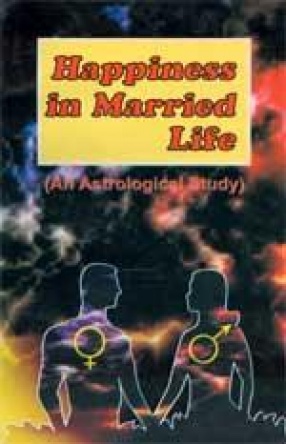
Happiness is a good object for academic discussion but very difficult or rather impossible to achieve in desired measure. Happiness for a couple means happiness individually and jointly of the partners. We have therefore to study the partners individually and in relation to each other. For individual happiness we have to study the person as he or she is and his/her mental make up because, after all, happiness is only an attitude of mind. ...

This is " Lal Kitab " in all its essence as regards astrology and remedial measures. The persian/urdu script of the text is the greatest handicap. By bringing out its contents in English, although in brief, is a service to readers, practitioners and the "Lal Kitab" itself.
